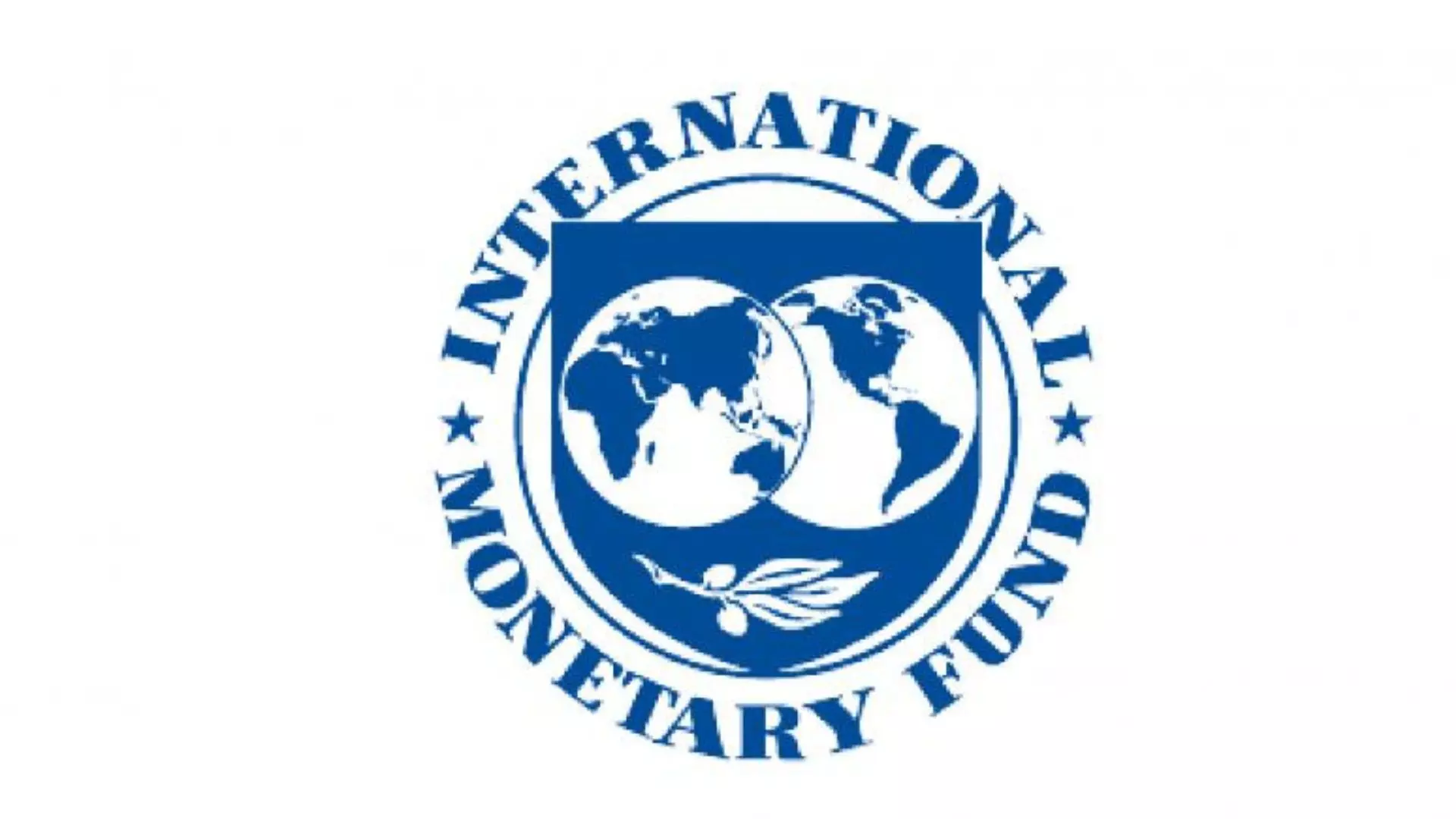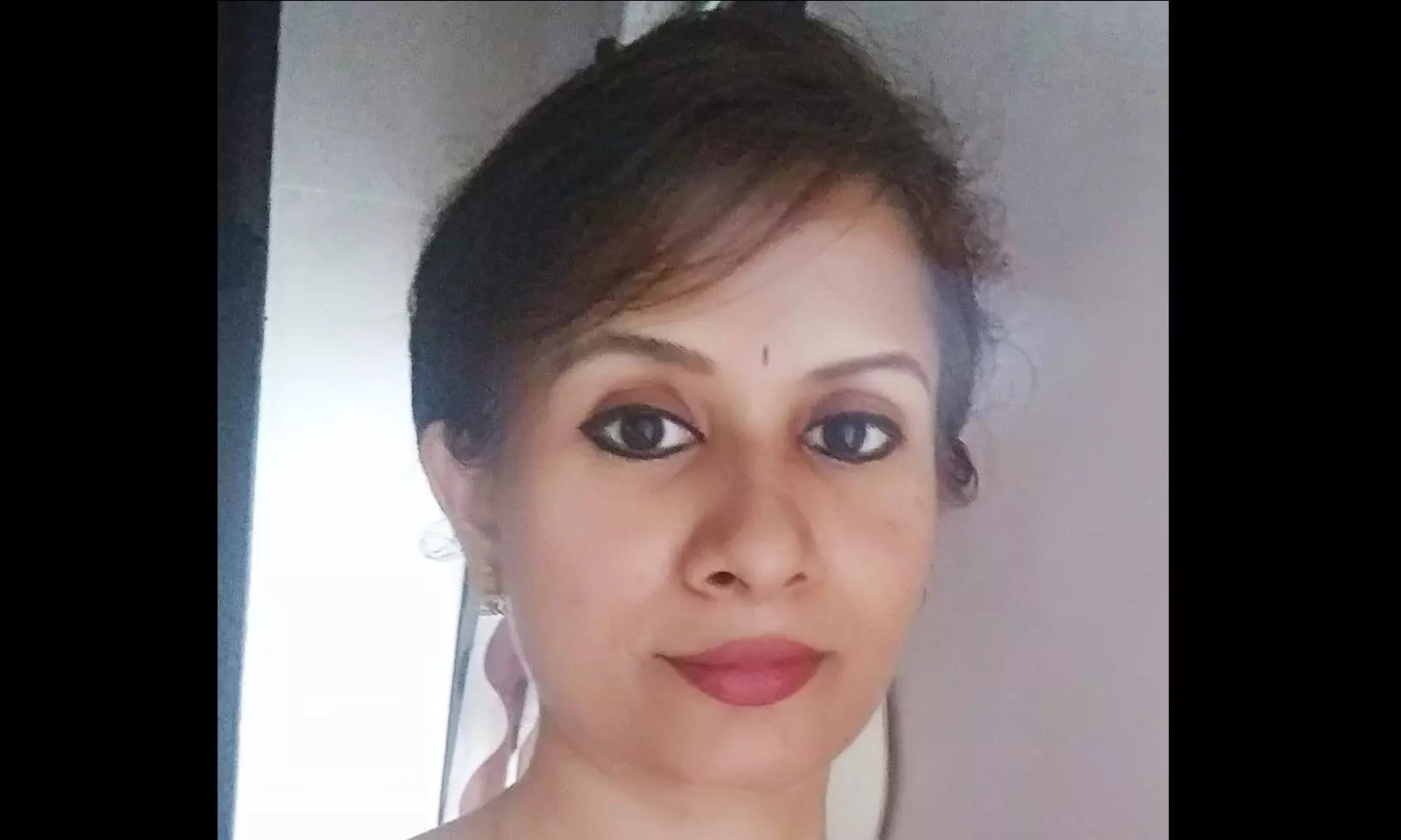IMF finds RBI’s stress test model strong and well developed

Chennai: International Monetary Funds finds RBI’s model suite for solvency risk analysis, liquidity risk analysis, and balance sheet connectedness of banks alongside non-bank financial institutions to be strong and well developed in numerous respects.
The technical assistance (TA) mission that was intended to review and evaluate the Reserve Bank of India (RBI)’s stress test model suite took place in April 2023. “The RBI’s model suite was found to be strong and well developed in numerous respects. The most noteworthy recommendations pertain to credit risk, market risk, and macro-financial scenario design,” IMF said. IMF also made a detailed list of 28 recommendations spanning all areas.
Among the three positive findings of the model suite, IMF said that all primary databases, including supervisory data, required for systemic risk analysis were found to be well maintained and data could “flow freely” between the departments that require access to it.
Further, the systemic risk analysis covers a wide range of risks and institutions beyond banks, including insurers, mutual funds, and central counterparties.
RBI’s structural network-contagion module is strong, building on a long time series (since 2010) of bilateral exposure data matrices that span numerous financial exposure types and beyond banks also pension funds, insurance firms, housing finance companies, and other NBFI types, IMF said.
The most noteworthy recommendations pertain to credit risk, market risk, and macro-financial scenario design. The credit risk model component was found to consist of various elements that are individually sound but are, to some extent, inconsistent in conjunction. The related recommendation was to simplify these model elements and make them consistent.
A market risk component—in particular regarding interest rate risk—was found to be captured only indirectly and IMF recommended to properly develop and integrate it in the solvency and liquidity risk models.
RBI’s macro-financial scenario design at present entails a statistical approach with a one-year horizon and IMF recommended on how to extend it beyond one year.

